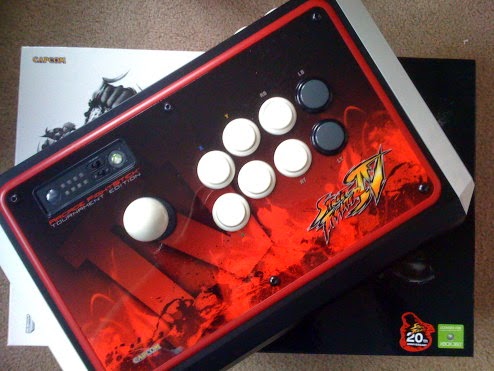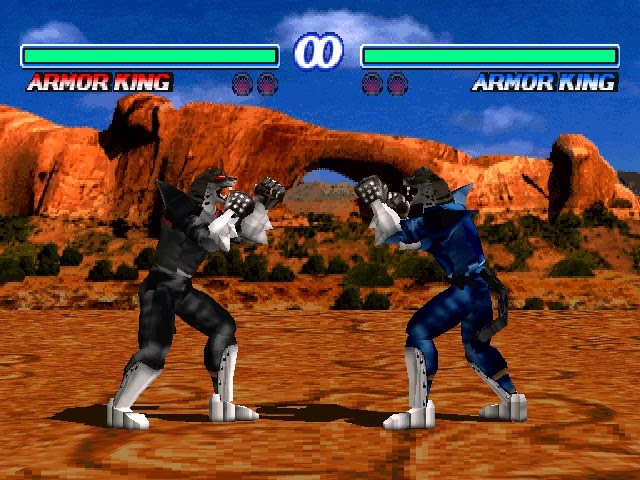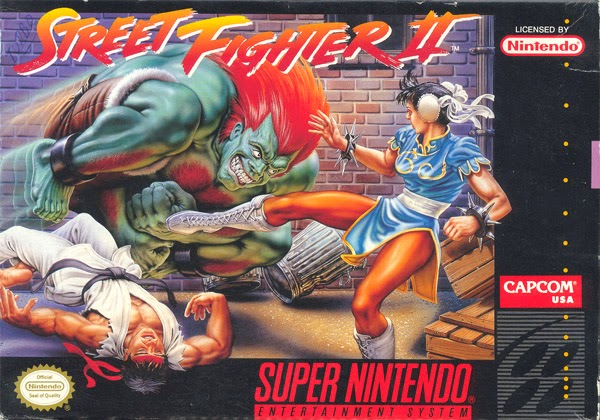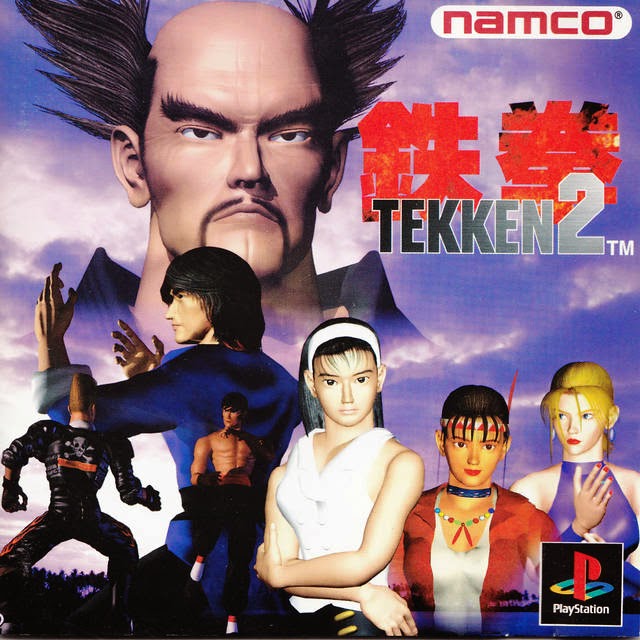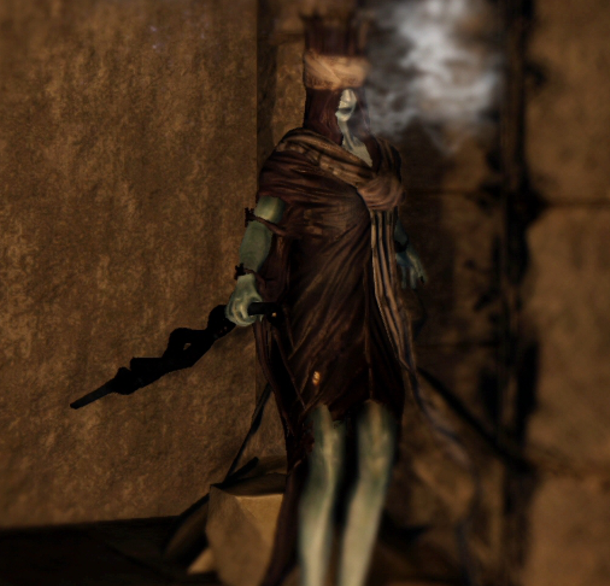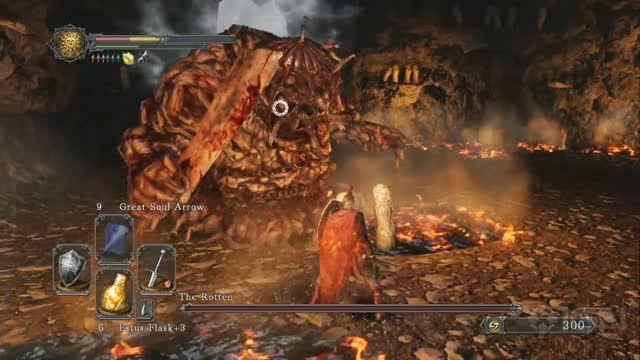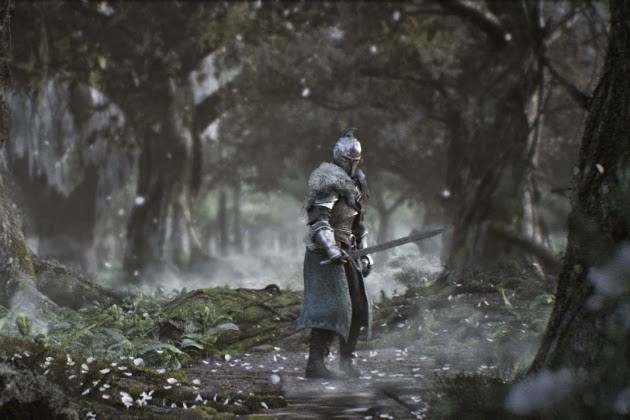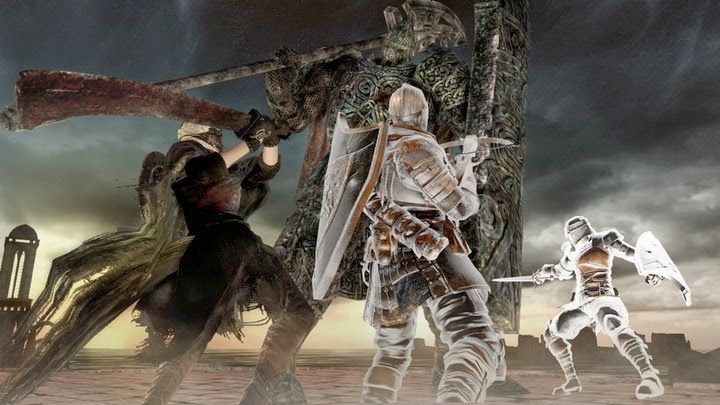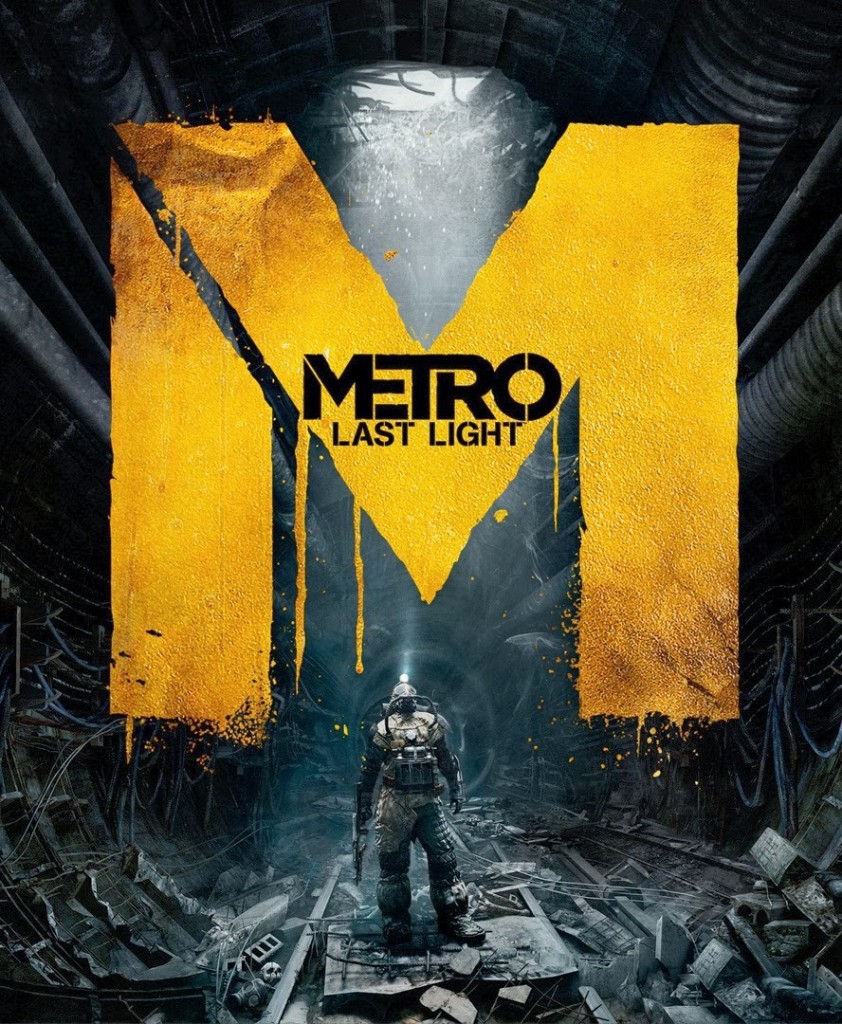Fists of Forty (Round 3): Let the Beatdowns Begin
First off, let me just say that Patrick Miller’s fighting game primer is fantastic. I have already gained a deeper appreciation for fighting games, whether I end up getting decent at them or not. One of the first things he talks about in the book is that this eight second video of Ryu vs. Ryu pretty much contains everything you need to know about fighting games–and it actually does.
After watching that video quite a few times and reading through the first section of the book, I decided to fire up Super Street Fighter II Turbo HD Remix and get a baseline. As the book suggested, I went into training mode as Ryu against Ryu, to practice doing his basic moves before I moved on.
And when the other Ryu was just a training dummy offering no resistance whatsoever, I felt pretty good about executing moves. I was hitting my fireballs (Hadokens) 70% of the time, and my Dragon Punches (Shoryukens) about half the time. I was mixing up strikes and throws, and after a little while felt pretty comfortable with Ryu’s basic moves.
And then I let the training dummy fight back.
As soon as I let the other Ryu loose, I was on my heels. From the start, he kept me on the defensive by peppering me with fireballs. Whenever I tried to come out of the corner by jumping a fireball, he’d kick me in mid-air or Dragon Punch me, and if I managed to get close enough, he’d throw me. But the most disorienting aspect of the beatdowns was how fast the moves were coming. Eventually, I’d start getting a few moves in here or there, but I was not executing well due to the constant barrage, so I would constantly leave myself open to getting punished.
Tired of getting destroyed by my mirror image, I decided to hop into Arcade Mode to finish out my training session. I put it on medium difficulty and was pitted against Guile, who promptly showed my why I was not ready for medium difficulty yet.
Like Ryu’s fireballs, Guile used his Sonic Boom to keep me on my heels and then close the distance. Whenever he got close, it was throw time. His Dragon Suplex (the one where he beds over backwards and drives you into the ground) was his throw of choice, and I am still having nightmares of him landing that move over and over again.
For my part, I did start to make some progress against Guile, blocking those early barrages of Sonic Booms and then finding my windows to strike. But once again, lack of execution just meant I was getting punished for missing throws, Dragon Punches and fireballs.
It kind of sounds like I’m not making progress, but I know that I am. Even in the short time I’ve been putting the effort in, I am already seeing the game differently. I’ve progressed past button mashing and I’m starting to see the strategy behind the game. But my lack of execution in versus situations means I have a lot more practicing to do.
Next time, I face off against Dee Jay, Ken and Chun Li.



